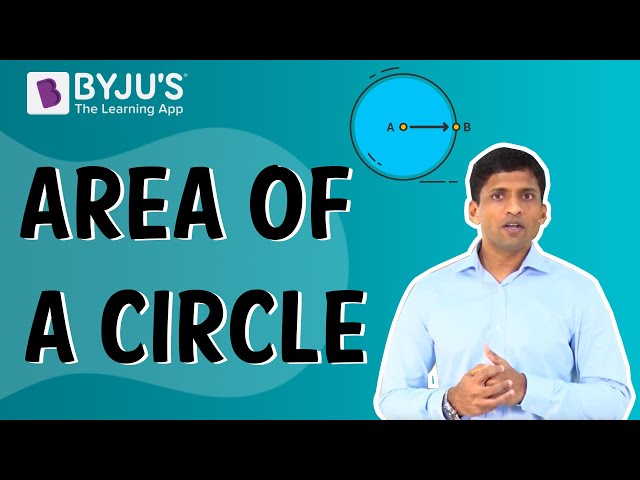
Let us consider a fixed vertical line (l) and let (m) be another line intersecting line (l) at any fixed point V. Let α be the angle of intersection between line l and m. If line m is rotated around line l such that the angle of intersection (α) remains constant. Then, the resultant surface is a double-napped circular hollow cone. Where V is known as the vertex, l is the axis and m is known as the generator of the resultant cone. The vertex separating the cone into 2 different parts is known as the nappes. The section obtained by the intersection of a cone with the plane is known as the conic section. Based on the angle and position of the intersecting plane w.r.t. cone, different types of conic sections can be obtained.
Conditions for Ellipse, Circle, Hyperbola and Parabola
When a plane cuts (other than the vertex) the nappe of the cone, we have the following conditions:
- When \(\begin{array}{l}\beta = 90^{0}\end{array} \), the resultant is a circle
- When \(\begin{array}{l}\alpha < \beta < 90^{0}\end{array} \), the resultant is an ellipse
- When \(\begin{array}{l}\beta = \alpha\end{array} \), the resultant is a parabola
- When \(\begin{array}{l}0 \leq \beta < \alpha\end{array} \), the resultant is a hyperbola
Degenerated Sections
When a plane cuts the vertex of the cone, we get the following cases:
- The section is a point when, \(\begin{array}{l}\alpha < \beta \leq 90^{0}\end{array} \)
- Parabola degeneration: When \(\begin{array}{l}\beta = \alpha\end{array} \), the resultant section is a straight line.
- Hyperbola degeneration: When \(\begin{array}{l}0 \leq \beta < \alpha\end{array} \), the resultant section is the pair of intersecting straight lines.
A set of points equidistant from a fixed point (center) in a plane is known as a circle. Let ‘r’ be the radius of the circle and O(h, k) be the coordinate of its center. Let P(a, b) be any point on the circle. Then, the equation of the circle is given by:
If the equation of parabola has y2 then the symmetrical axis is along the x-axis, and if the equation of parabola has x2, then the symmetrical axis is along the y-axis.
When the symmetrical axis is along the x-axis, the parabola opens to the
- Right, if x has a +ve coefficient,
- Left, if x has a -ve coefficient.
When the symmetrical axis is along the y-axis, the parabola opens
- Upwards, if y has a +ve coefficient
- Downwards, if y has a -ve coefficient.
| Also Access |
| NCERT Solutions for Class 11 Maths Chapter 11 |
| NCERT Exemplar for Class 11 Maths Chapter 11 |
Conic Sections Class 11 Practice Questions
- Find the equations of the hyperbola if,
- Vertices (± 5, 0), foci (± 6, 0)
- Vertices (0, ± 7), foci (0, ± 3)
- Vertices (0, ± 4), foci (0, ± 5)
- Foci (± 8, 0), length of transverse axis: 12.
- Foci (0, ±13), length of conjugate axis: 23.
- Foci (± 5 , 0), length of latus rectum: 44.
- Foci (± 14, 0), length of latus rectum: 45.
- Find the equation for the ellipse if,
- Vertices (± 8, 0), foci (± 2, 0)
- Vertices (0, ± 23), foci (0, ± 15)
- Vertices (± 16, 0), foci (± 9, 0)
- Find the equation of the circle if,
- centre (0,12) and radius 42,
- centre (9, -13) and radius 8
Related links:
Frequently Asked Questions on CBSE Class 11 Maths Notes Chapter 11 Conic Sections
What is a conic section?
In geometry, any curve is produced by the intersection of a plane and a right circular cone.
What is the centre radius?
A fixed point which is used to draw a circle is known as the centre. Radius: a line segment joining the centre, and any point on the circumference is known as the centre radius.
What is a hyperbola?
Hyperbola is a curve formed by the intersection of a double right circular cone with a plane that cuts both halves of the cone.
Comments